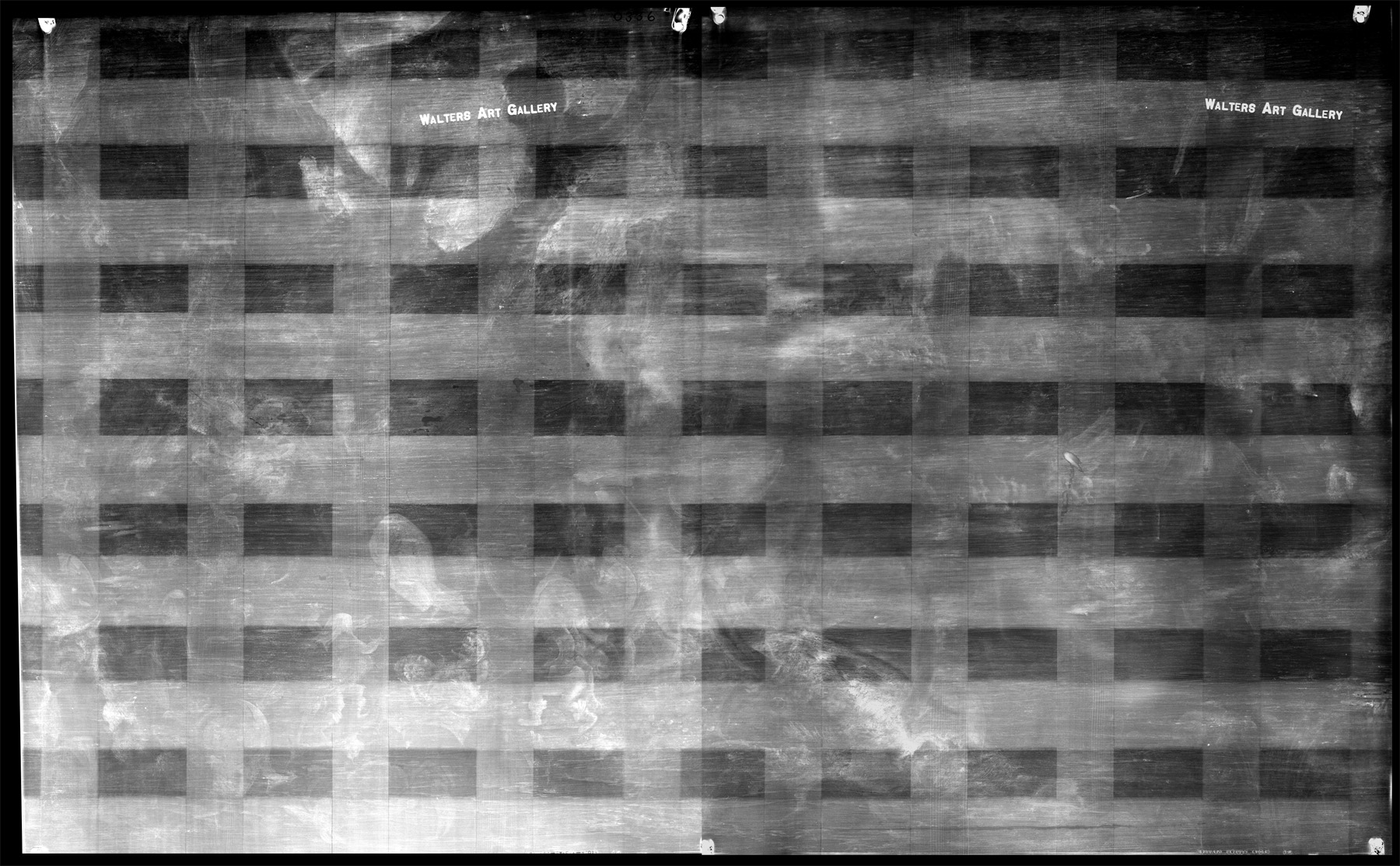Saint Anthony Assaulted by Demons
(Baroque Europe )
St. Anthony, considered to be the founder of monasticism, was born in Egypt in 251 Late in life he reported that when he was young and living in a tomb away from human habitations he was attacked by horrible demons in animal forms, presumably the bedevilment of sexual tensions, for which see the Vita antonii written by St. Athanasius in 365 (Les Petits Bollandistes, Vie des Saints (1872), I, 421 ff. and V, 288). The inclusion of what proved to be an extremely popular retelling of his life by Jacobus de Vorgani in the Legenda aurea (Golden Legend, ca. 1275) republished many times after the introduction of printing generated wide audiences for evocations of the saint's trials.
Here he is barely visible in his rough shelter; the focus is on amusingly ingenious monsters, as the cow with butterfly wings and chicken feet! Though these lack the malevolence of Bosch’s early 16th century demons, reflected in Pieter Huys’ Last Judgment on the same wall, and even suggest a humorous, light-hearted take on the subject, they nevertheless reflect an underlying belief in the supernatural forces of evil. The fierce fires of the burning buildings to the rear may signify the burning of the sinful cities of Sodom and Gomorrah (Genesis 19:24) and thus be associated with punishment in the fires of Hell. an alternative reading, according to a file note by Eric Zafran (1988) might be a reference to St. Anthony's Fire, a painful condition caused by eating contaminated rye bread that was widespread in the Middle Ages, for the treatment of which the Hospital Order of St. Anthony was founded. Other Flemish painters to offer post-Boschian views of demonic gatherings include Jan Mandyn (1502-1560), Pieter Schoubroeck (1570-1607), Jan Brueghel (1568-1625), and David Teniers the younger (1610-1690).
Hans Saverÿ, known chiefly for the work he did in Utrecht in the ambience of his uncle Roelandt Saverÿ, took the subject of animal painting, to which his uncle had contributed so much, into the realm of the whimsically monstrous. The huge, translucent fish that spits out other fish is characteristic of his work. Before 1990 this painting was attributed to circle of Jan Brueghel the elder; the current attribution was made by J. Spicer.
Provenance
Provenance (from the French provenir, 'to come from/forth') is the chronology of the ownership, custody, or location of a historical object. Learn more about provenance at the Walters.
Don Marcello Massarenti Collection, Rome [date and mode of acquisition unknown]; Henry Walters, Baltimore, 1902, by purchase; Walters Art Museum, 1931, by bequest.
Conservation
| Date | Description | Narrative |
|---|---|---|
| 1/16/1942 | Treatment | coated; loss compensation; other |
| 1/23/1975 | Treatment | stabilized |
| 1/23/1975 | Treatment | stabilized; coated |
| 2/10/1977 | Treatment | coated |
| 9/30/1987 | Treatment | coated; loss compensation |
| 1/8/1993 | Examination | examined for condition |
Measurements
H: 18 x W: 28 7/8 in. (45.7 x 73.3 cm)
Credit Line
Acquired by Henry Walters with the Massarenti Collection, 1902
Location in Museum
Accession Number
In libraries, galleries, museums, and archives, an accession number is a unique identifier assigned to each object in the collection.
In libraries, galleries, museums, and archives, an accession number is a unique identifier assigned to each object in the collection.
37.1006


